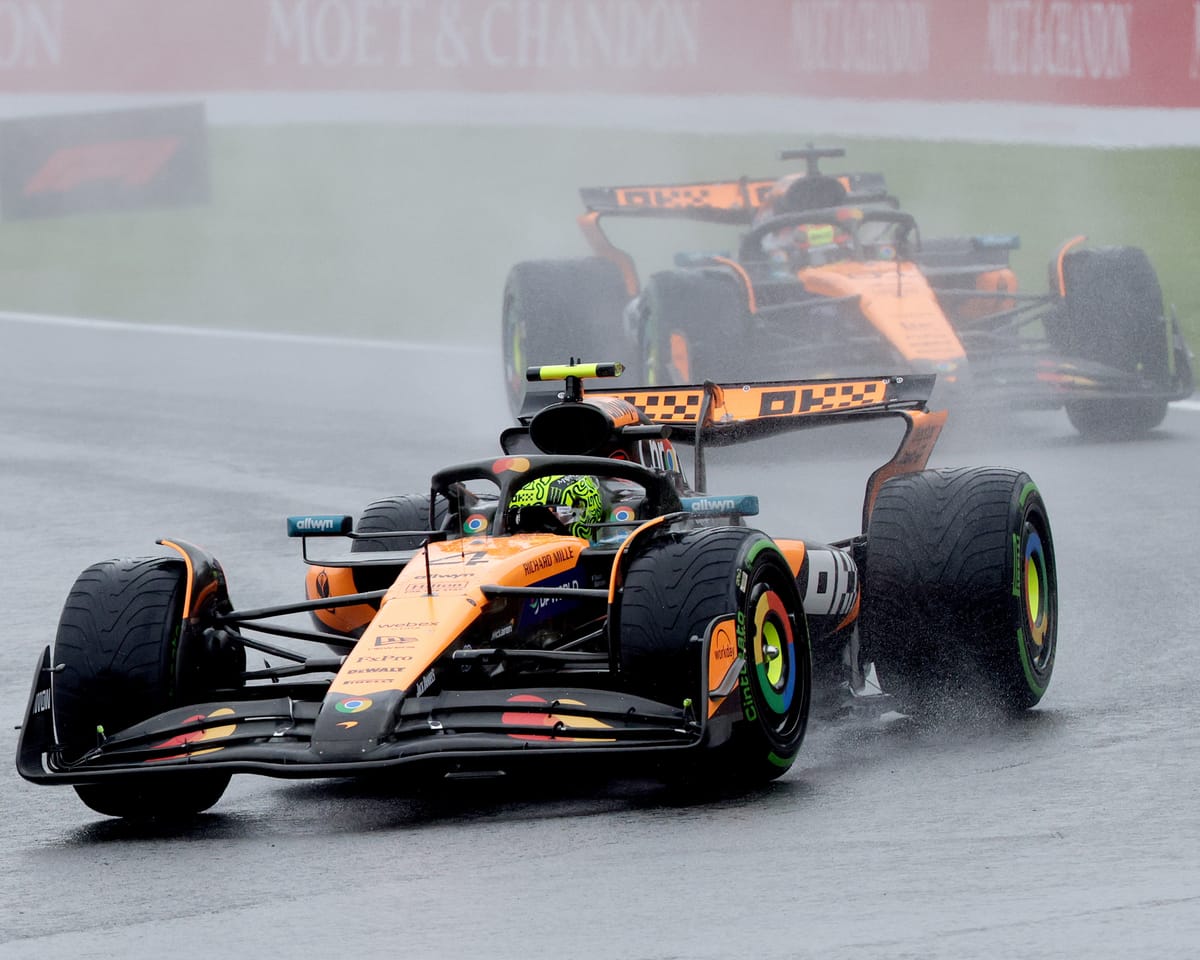Rain Reigns Supreme at Spa: A Familiar Challenge in Formula One
For decades, the unpredictable weather at the Spa-Francorchamps circuit has played a decisive role in Formula One. This weekend’s Belgian Grand Prix was no different, as conditions again sparked debate about the risks and rewards of racing in the wet at such a formidable track.
The race, ultimately a subdued affair after a lengthy delay, was claimed by McLaren’s Oscar Piastri. Rain sweeping across the Ardennes forced a one-hour, twenty-minute postponement—a recurring theme at Spa. In 2021, the event descended into farce when only two laps were completed behind the safety car due to relentless rain, leaving fans frustrated.
Weather in the Ardennes can shift in moments. Sunday morning’s heavy rainfall gave way to sunshine by the time teams arrived at the circuit. Such volatility is part of the track’s character.
By race time, conditions remained unpredictable. Though the worst of the rain had passed, the track was still damp. Yet the real issue wasn’t the standing water—it was the spray. Modern ground-effect cars, designed to redirect turbulent air upwards, also funnel water vertically with immense force, drastically reducing visibility for following drivers.
This weekend, intermediates proved sufficient—full wet tyres weren’t needed. The problem wasn’t grip but the near-impossible visibility, raising questions about whether full wets serve any purpose. If conditions worsen to the point where they’re required, racing would likely be halted anyway.
After the delayed start, Lewis Hamilton switched to slick tyres after just seven laps, correctly judging the track dry enough. Reactions varied. Max Verstappen, whose car was set up for wet conditions, voiced concerns that traditional wet racing is fading due to the FIA's caution. George Russell, however, called a punctual start "stupid" given the initial conditions.
Most seemed to agree with Russell. Spa remains one of the most demanding circuits, carrying a legacy of danger even after modifications. The debate over racing in the rain here—where risk and spectacle collide—continues.
Read next

"Guardian Sport Weekend: Lions' Third Test, England vs. India, Women’s Open Action"
Rugby Union
11am Australia v British & Irish Lions live
The Lions enter the third and final Test against the Wallabies with a chance to secure a historic series sweep, an achievement not seen in decades. Lee Calvert will provide updates throughout. No Lions team has remained undefeated since Willie

Wallabies crush Lions' clean sweep bid in storm-lashed Sydney clash
Lions Fall Short as Wallabies Secure Series Finale
The hopes of a dominant tour for the British & Irish Lions came to an end as they suffered their first defeat in Australia on a rain-soaked evening in Sydney. The home side rose to the occasion, overcoming challenging weather and a

"Live: England vs India in fifth men's cricket Test, day three"
39th over: India 155-2 (Jaiswal 80, Akash Deep 51) Overton moves away from short-pitched deliveries, conceding just a single.
Guy Hornsby observes, "England will regret those dropped catches as the runs pile up, especially once Jaiswal reaches his century. Woakes’ absence was significant, though England managed well initially. Now,

